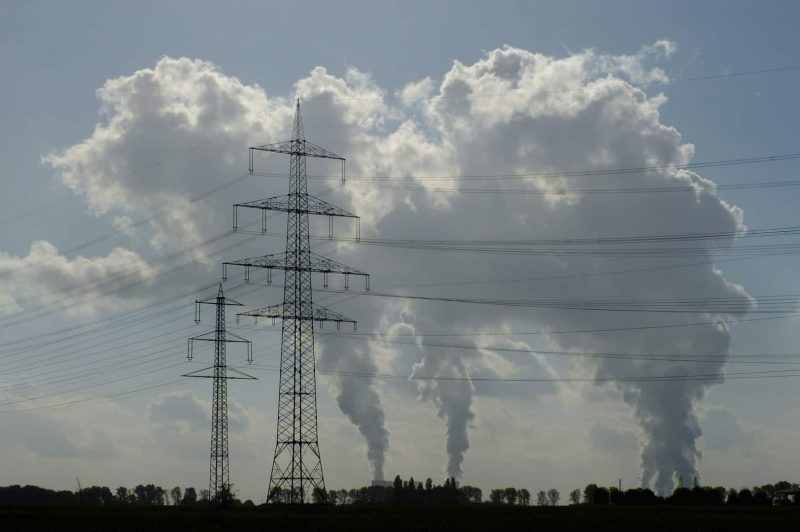
EU Steel Sector at Crossroads Amid New State Aid Program
The European Union’s newly launched Clean Industry State Aid Framework (CISAF) has sparked both optimism and caution among steel market participants. While the initiative aims to support industrial decarbonization and bolster clean energy investments, steel industry leaders warn that unequal national adoption could jeopardize its impact. Stakeholders fear the policy’s uneven rollout may fail to protect the bloc’s struggling green steel ambitions.
Eurometal President Alexandre Julius welcomed the EU’s efforts but emphasized a key concern: the lack of coordination among member states. Without synchronized national support plans, mid-sized players in the steel supply chain may not benefit meaningfully from CISAF. Eurometal, which represents distributors and traders of steel and metal products, has long highlighted high energy costs as a systemic challenge, affecting the entire European metals ecosystem.
Meanwhile, demand for clean steel is rising fast. Industry forecasts estimate that between 40 and 50 million tons of green steel capacity—relying solely on DRI/EAF and electric arc furnaces—will be added across Europe by 2030. However, with electricity prices often exceeding €100/MWh, European producers remain at a cost disadvantage compared to peers in the U.S. and China, where industrial rates are less than half.
Energy Costs and Imports Threaten EU Steel Competitiveness
Energy remains the most significant hurdle to clean steel development in Europe. Steelmakers stress that renewable energy must be both abundant and affordable to power the next generation of low-carbon facilities. Without a reduction in industrial electricity prices, even the introduction of CBAM (Carbon Border Adjustment Mechanism) may not level the playing field. Imports from countries with cheaper power will still undercut European products.
In parallel, Eurometal is ramping up efforts to monitor steel imports and their effects on domestic markets. Julius announced during the 75th-anniversary conference that the association is actively collecting data on imports of low-cost steel derivatives. These imports have grown steadily even as EU steel consumption and domestic output have declined.
The European Commission launched CISAF on June 25, 2025, granting member states the authority to offer targeted aid until 2030. This support includes subsidies for clean technology deployment, renewable energy sourcing, and industrial emissions reductions. While promising, its impact will depend on decisive action from national governments.
SuperMetalPrice Commentary:
The EU’s CISAF program arrives at a pivotal moment for Europe’s steelmakers. While the policy framework is commendable, its success will depend on how quickly and uniformly it is implemented across member states. Energy costs remain a critical threat to Europe’s green steel transition. Without swift action to reduce electricity prices or align aid distribution, the EU risks losing competitiveness to global producers. Market participants should monitor how individual countries apply CISAF—and whether it translates into tangible relief for steel value chain stakeholders.




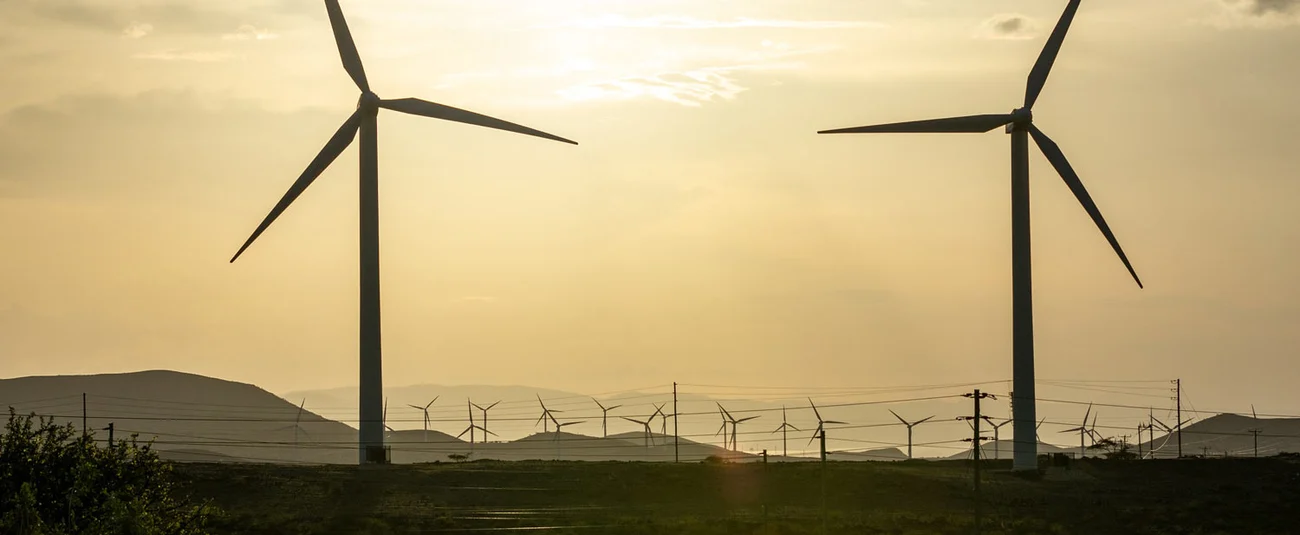



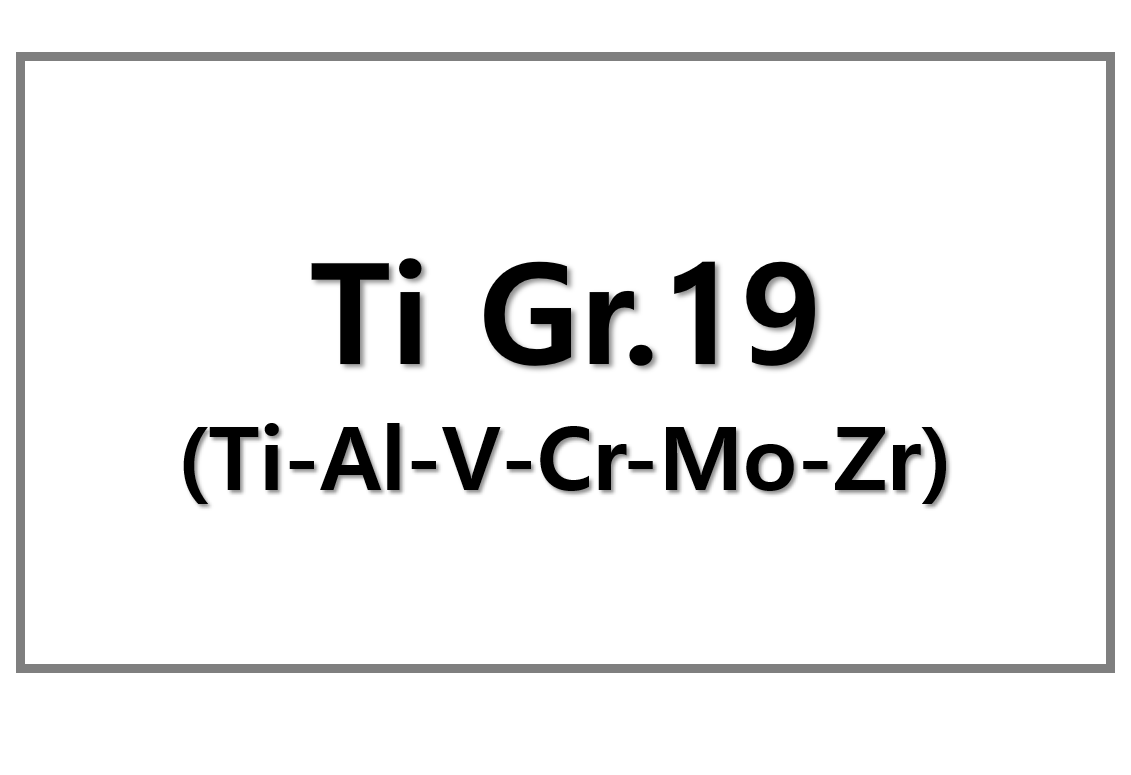
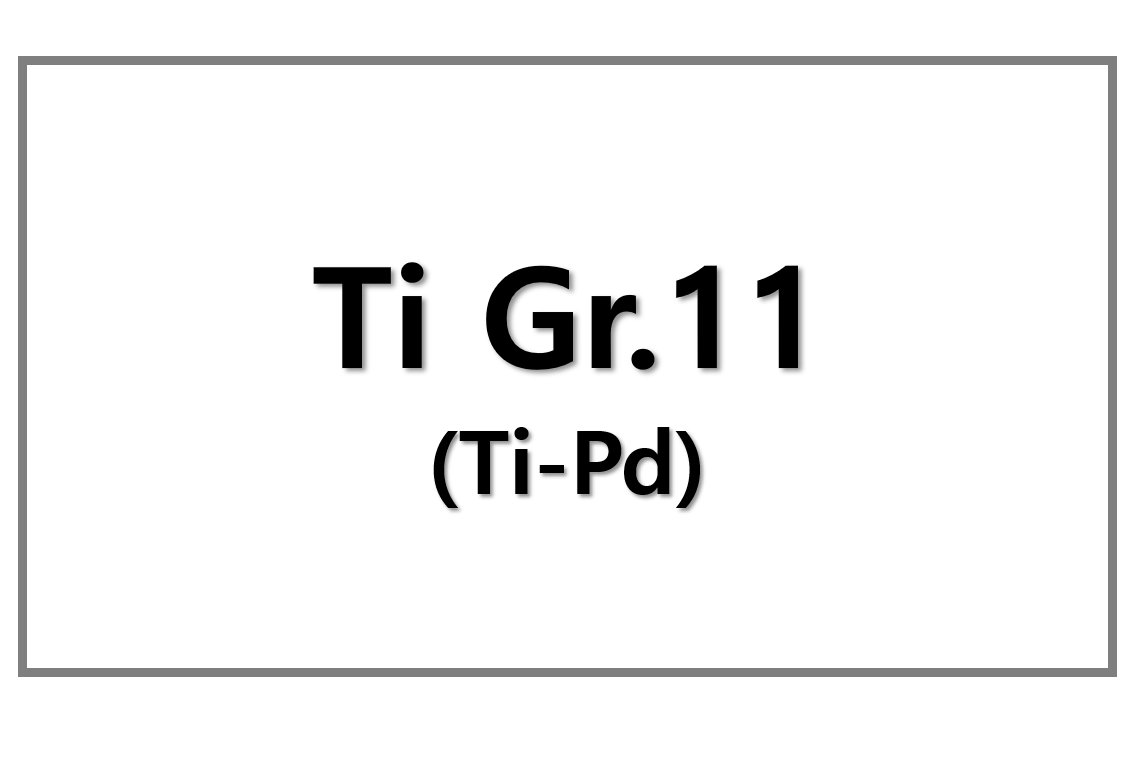
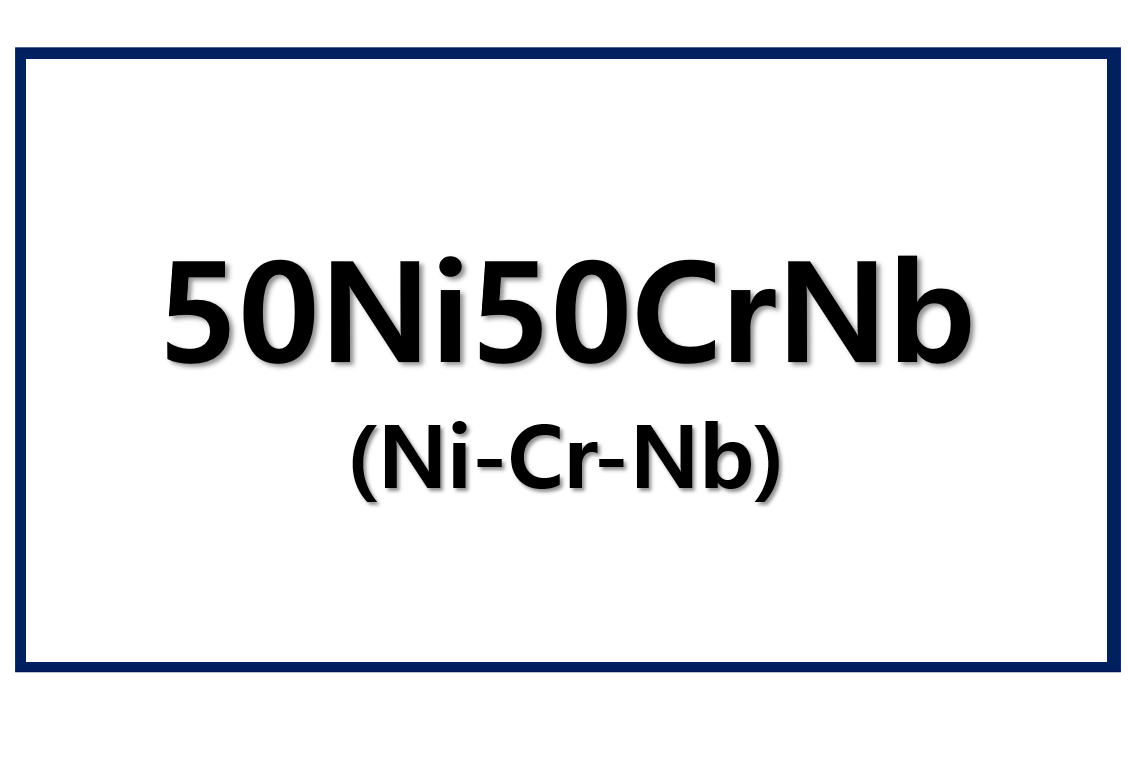
Leave a Reply
You must be logged in to post a comment.